What is Hiyashi Chuka?
Hiyashi Chuka (冷やし中華) isn’t just food in Japan. It’s practically a cultural monument to summer, significant enough to earn its place as a seasonal word in haiku poetry. We’re talking chilled ramen noodles topped with a rainbow of toppings, all swimming in a sauce that hits those perfect tangy, savory notes.
When Japan’s summer heat turns brutal and appetites go into hibernation, this cold, filling lifesaver becomes the national go-to. It’s a way to connect to seasonal traditions and the memories of summer vacations from our childhoods.
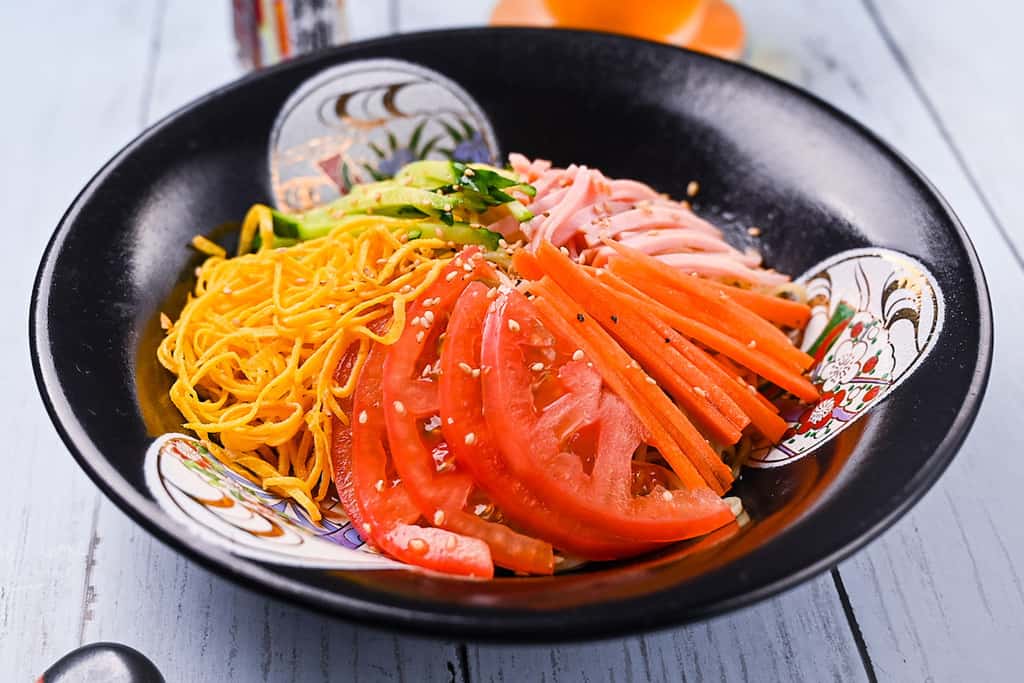
Believed to have originated from a fusion of Shanghai’s “Liang Ban Mian (涼拌麺)” and Japan’s “zaru soba” traditions, Hiyashi Chuka has evolved into a distinctly Japanese experience that brings immediate relief during the most sweltering days.
If you’ve spent time in Japan, or if you’ve lived there, you know how strong the craving for this dish can be. But finding it abroad? That’s another story.
If you’re craving that authentic Japanese summer flavor or just miss the Hiyashi Chuka you had in Japan but don’t know how to make it at home, this guide’s got you covered. I’ll show you how to bring a piece of Japanese summer culture to your table, wherever you are.
Ingredient & Topping Ideas
The good thing about Hiyashi Chuka is its versatility. In Japan, you can find all kinds of restaurants and convenience stores offering their own takes on this dish. First, let’s talk about the toppings I used in this recipe.
- Kinshi tamago (thinly shredded egg crepe)
- Tomato
- Carrot
- Ham
- Mayonnaise
- Chili oil (rayu)
- Toasted white sesame seeds
Here are some other examples of refreshing toppings popular in Japan.
- Imitation crab (kani-kama)
- Boiled shrimp
- Sarada chicken
- Pork chashu
- Canned tuna
- Boiled egg
- Shiso leaves
- Blanched bean sprouts
- Boiled wood ear mushrooms
Just mix and match ingredients that you can easily find around your area. Your perfect summer dish is just waiting to be created!
Jump to Full Recipe Measurements
Visual Walkthrough & Tips
Here are my step-by-step instructions for how to make Hiyashi Chuka at home. For ingredient quantities and simplified instructions, scroll down for the Printable Recipe Card below.
This section aims to provide a comprehensive overview of the cooking steps and techniques with visuals. It also includes more in-depth tips and tricks and explains why I do what I do.
In a jug, mix together cold water, soy sauce, rice vinegar, sugar, sesame oil, and a pinch of black pepper. Whisk it all together until the sugar is completely dissolved.
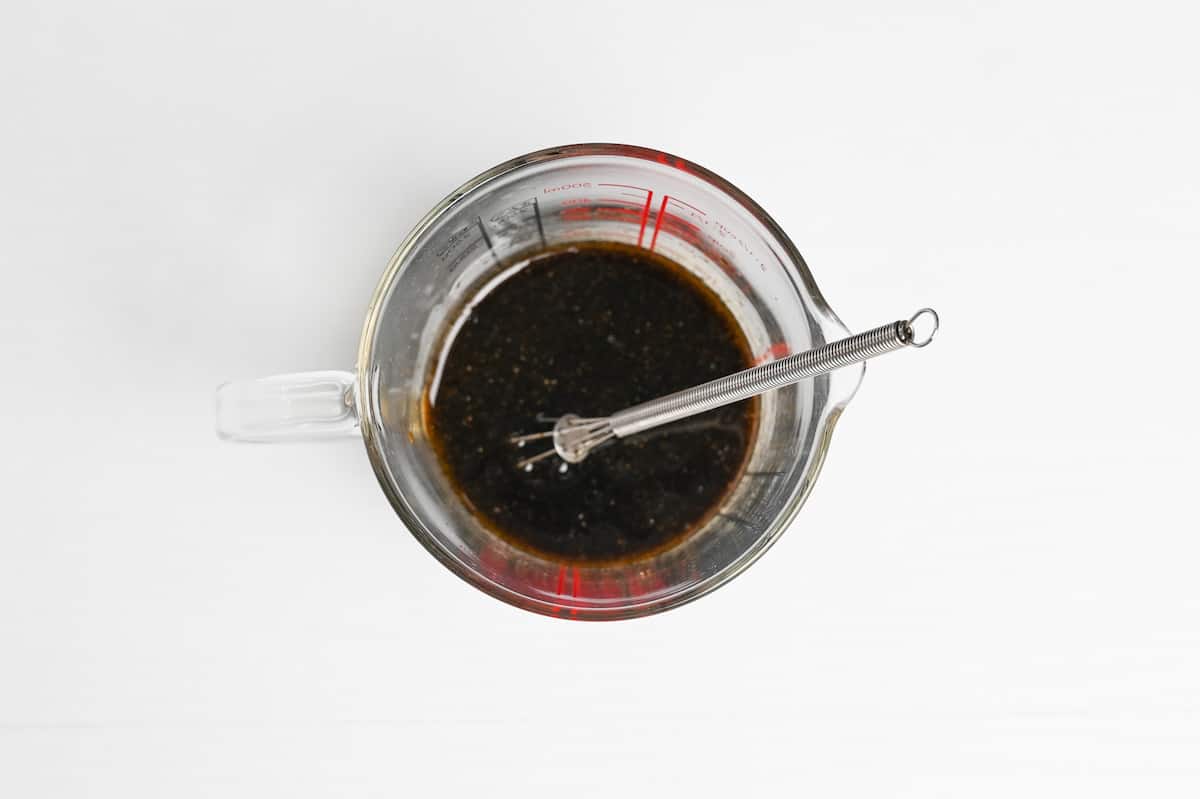
Then, chill the mixture in the fridge until it’s time to serve.
Want to make the sauce extra cold? Skip the water and add a few ice cubes instead. They’ll melt gradually, diluting the sauce to the perfect consistency. Just test the taste right before serving and add a splash more water if necessary.
My recipe uses a classic tangy sauce, but in Japan, sesame sauce is equally beloved. If you want to try the nutty, creamy version instead, please refer to my recipe for sesame sauce somen noodles.
Bring a pot of water to a rolling boil and cook the ramen noodles for the time stated on the packaging. Watch them carefully. Overcooked noodles will become mushy when chilled.

Don’t have fresh ramen noodles? This recipe is incredibly versatile! It can be made with different Japanese noodles like udon and soba too. Use what’s most available in your area. In the US, Myoji USA sells packages specifically labeled for Hiyashi Chuka.
If you’re looking to whip up quickly using ingredients you likely already have, I really recommend trying my spaghetti hack!
Once cooked, pour through a sieve or colander to drain and then wash thoroughly with fresh cold water. This step serves two important purposes: it washes off the excess starch that would make the noodles sticky, and it cools them quickly.
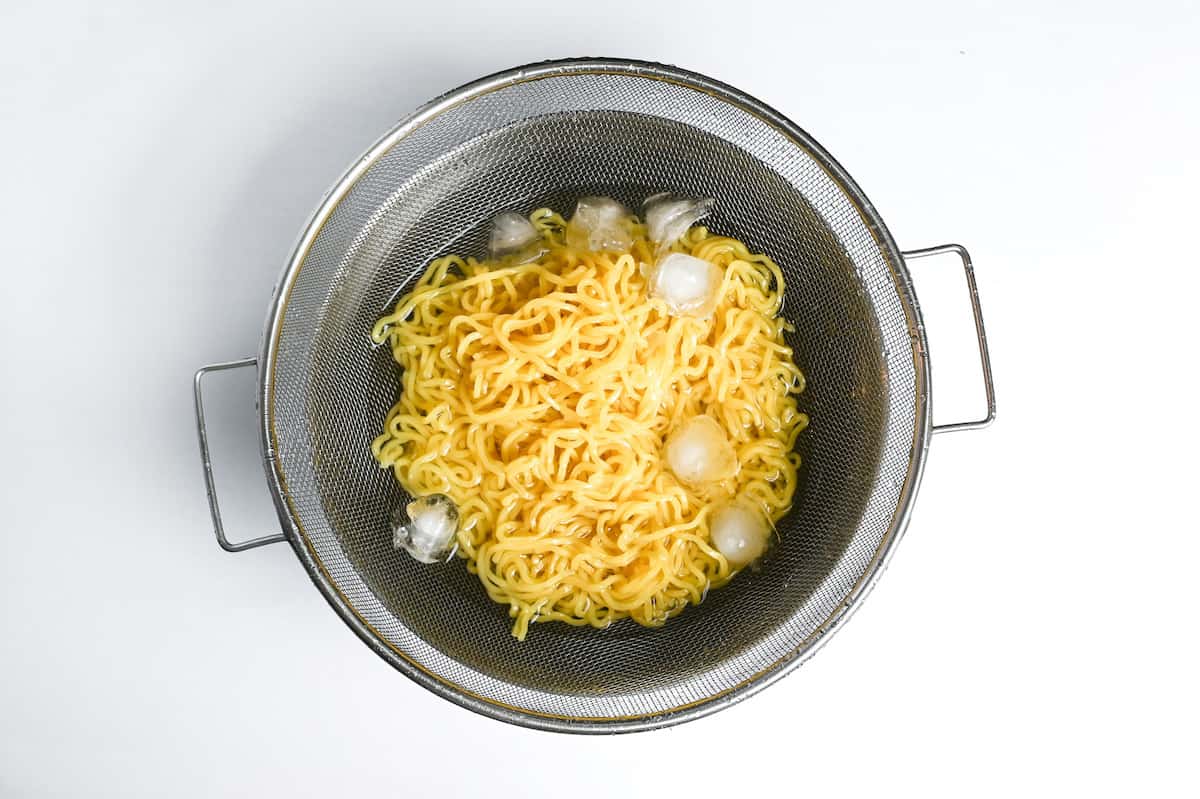
Throw in a few ice cubes to chill them further. The colder the noodles, the better the dish!
Slice and julienne the ham and vegetables according to your preference, then plate up the noodles and arrange the topping ingredients on top. The colorful presentation is part of what makes this Hiyashi Chuka so appealing in summer.
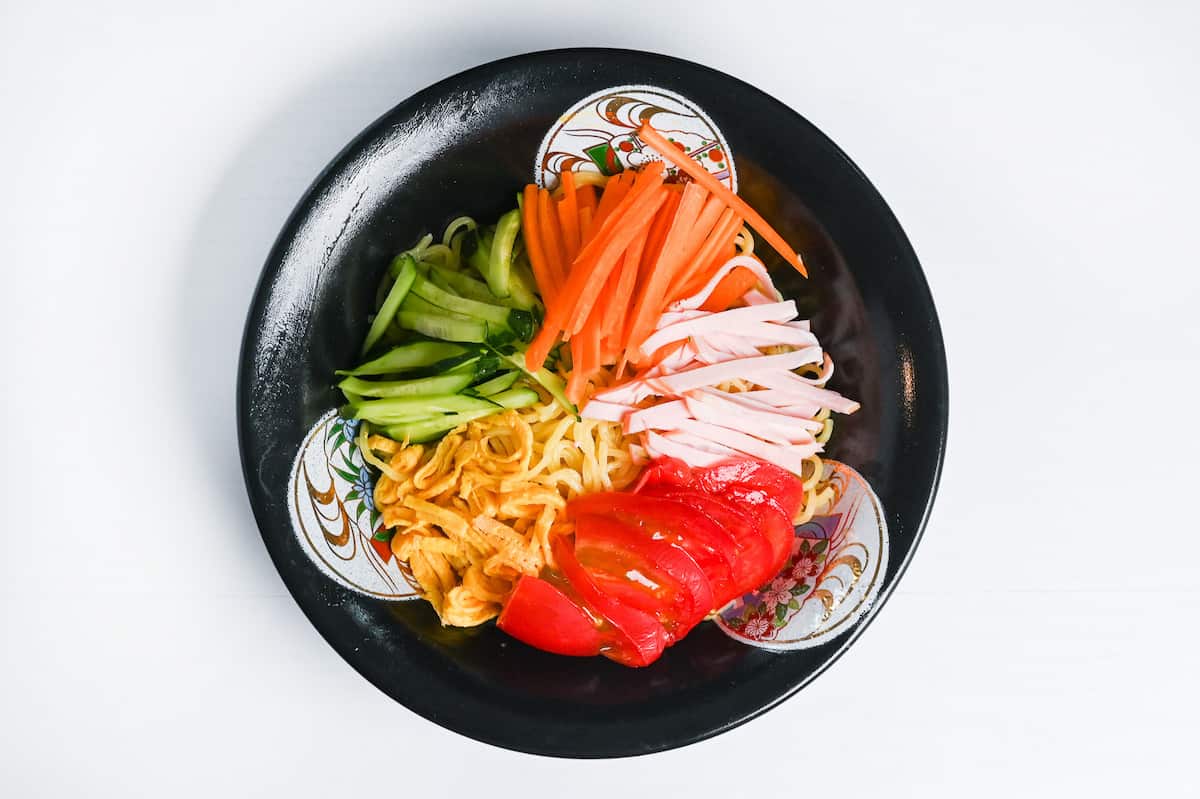
If you’re making this dish for vegetarians and vegans, just leave out the meat and eggs, or swap them out for plant-based options.
Pour the sauce in the middle so that it travels through the noodles and pools at the bottom.
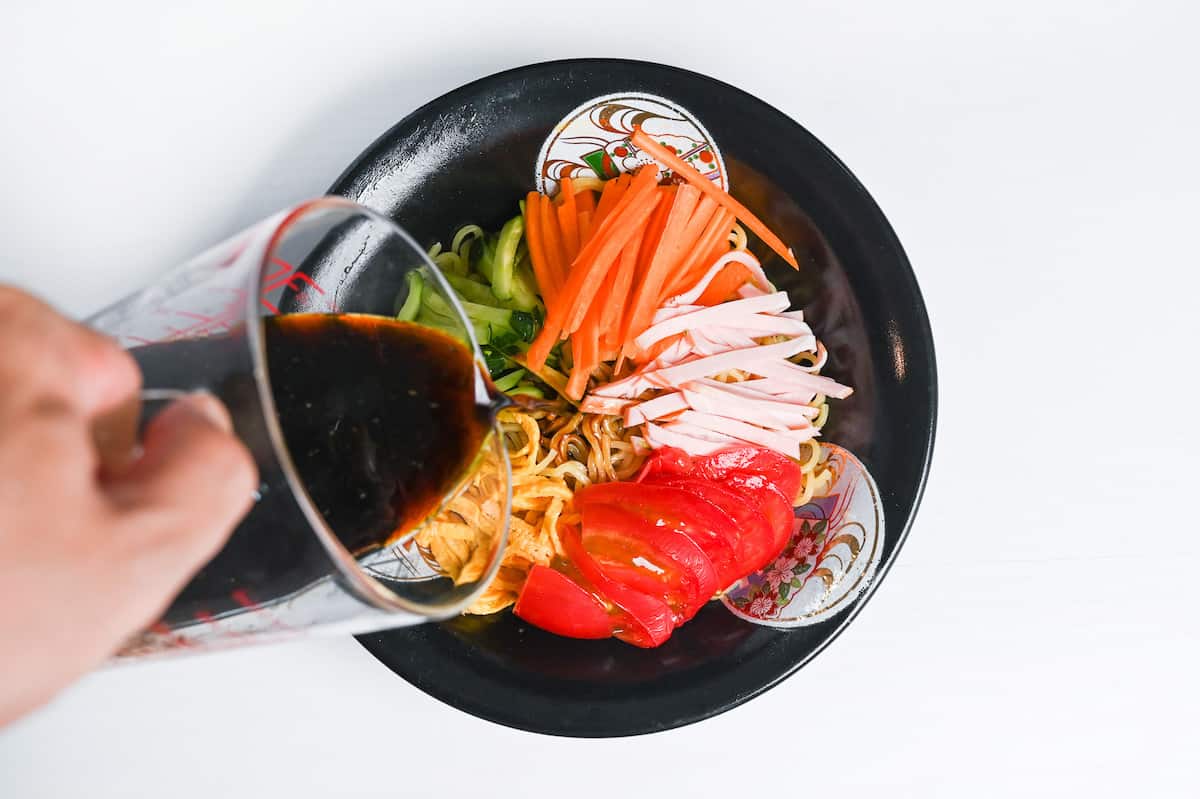
Optional garnish ideas include a sprinkle of toasted sesame seeds or a drizzle of Japanese mayonnaise or chili oil for those who enjoy a bit of heat.
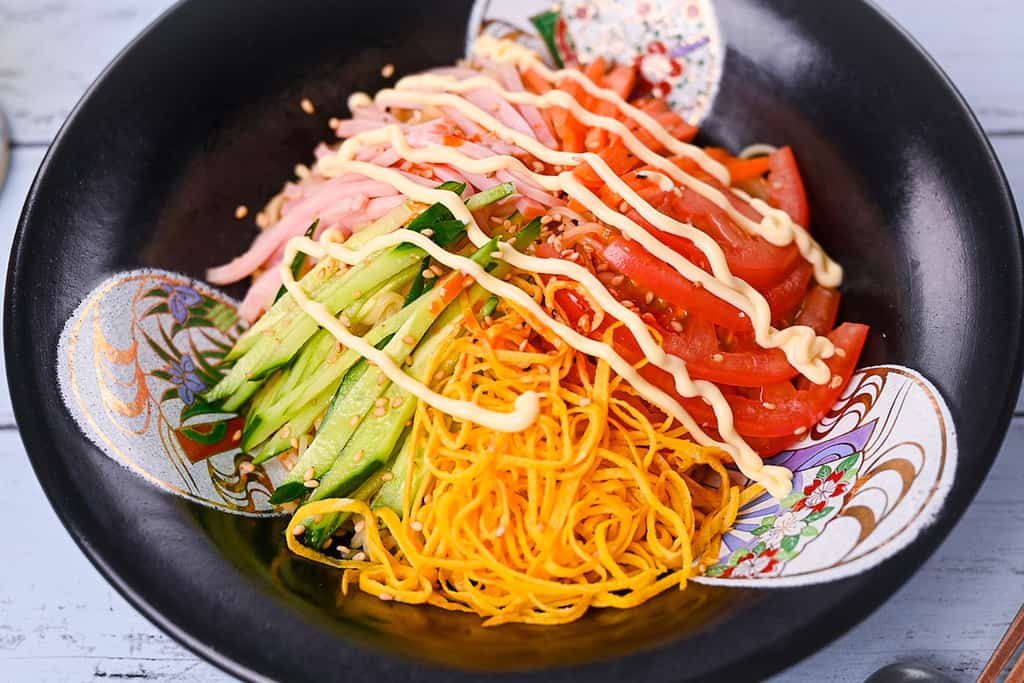
Mix well before eating and enjoy!
Jump to Full Recipe MeasurementsI hope you enjoy this recipe! If you try it out, I’d really appreciate it if you could spare a moment to let me know what you thought by giving a review and star rating in the comments below. It’s also helpful to share any adjustments you made to the recipe with our other readers. Thank you!
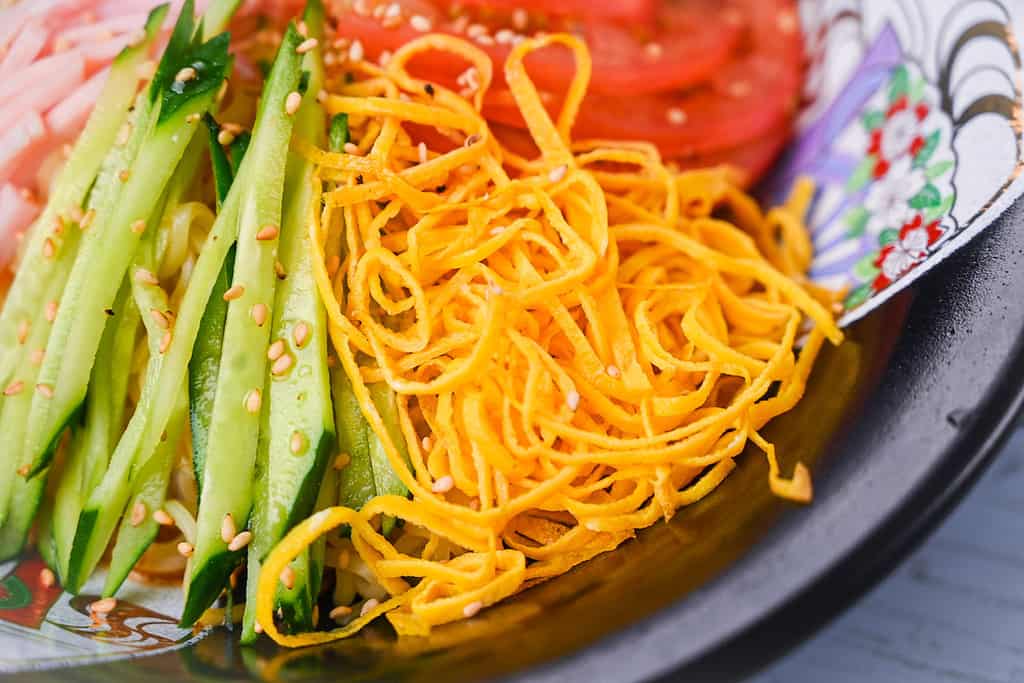
More Ramen Recipes
- 10-Minute Cheat’s Tonkotsu Ramen (No Pork Bones Required)
- Chicken Shio Ramen (Salt Base Broth)
- 15 Minute Spicy Tsukemen (Dipping Ramen)
- Homemade Shoyu Ramen
Want more inspiration? Explore my Ramen Recipe Roundup for a carefully selected collection of tasty recipe ideas to spark your next meal!
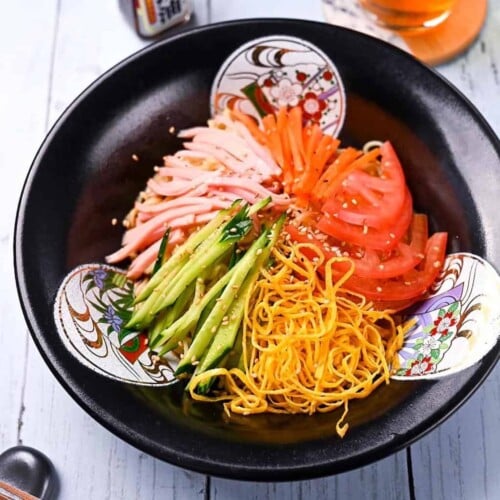
Authentic Hiyashi Chuka (Japanese Cold Ramen for Summer)
Ingredients
Hiyashi Chuka Sauce
- 50 ml cold water
- 50 ml Japanese soy sauce (koikuchi shoyu)
- 50 ml rice vinegar
- 1 tbsp sugar
- 1 tsp toasted sesame oil
- 1 pinch ground black pepper
Hiyashi Chuka
- 1 egg
- 1 pinch salt
- 1 tsp cooking oil
- 50 g Japanese cucumber or Persian, julienned
- 70 g tomato thinly sliced
- 70 g carrot julienned
- 20 g ham or boiled shrimp/imitation crab, julienned
- 200 g cooked ramen noodles chilled
- water for boiling
- 3 ice cubes
- 1 tsp Japanese mayonnaise optional
- ½ tsp chili oil (rayu) optional
- 1 tsp toasted white sesame seeds optional
My recommended brands of ingredients and seasonings can be found in my Japanese pantry guide.
Can’t find certain Japanese ingredients? See my substitution guide here.
Instructions
- First, make the sauce by taking a small jug and adding 50 ml cold water, 50 ml Japanese soy sauce (koikuchi shoyu), 50 ml rice vinegar, 1 tbsp sugar, 1 tsp toasted sesame oil and 1 pinch ground black pepper. Mix well until the sugar is dissolved and store in the fridge until it's time to dish up.

Kinshi Tamago (Shredded Egg)
- First, crack 1 egg into a bowl with 1 pinch salt and whisk well.

- Pour the whisked egg into a sieve over another bowl and mix with a spoon to help it pass through.

- Heat a small non-stick frying pan on a medium-low setting and add 1 tsp cooking oil. Use a paper towel to spread the oil around the pan and remove the excess.

- Pour the egg into the pan and swirl it around, coating the bottom of the pan with an even layer.

- Cook until the egg is 80% done (slightly soft on the surface) and remove from the heat.

- Peel the egg out of the pan and transfer it to a chopping board. Roll it up and thinly slice about 2mm thick.

Hiyashi Chuka
- Boil the ramen noodles (follow the instructions on the packaging).

- Once the noodles are cooked, drain the water by pouring them through a colander and then run them under cold water to wash and cool. Add a few ice cubes to make them extra cold.

- Once chilled, divide the noodles onto two serving plates and top with thinly sliced 20 g ham, vegetables (50 g Japanese cucumber, 70 g tomato, 70 g carrot) and a handful of kinshi tamago.

- Pour the sauce over the dish and optionally garnish with 1 tsp Japanese mayonnaise, ½ tsp chili oil (rayu) or 1 tsp toasted white sesame seeds.

- Mix well before eating and enjoy!
Video
Notes
- If you can’t get fresh ramen noodles, check out my spaghetti ramen hack.
- If you want to make this dish vegetarian/vegan, you can omit the ham/egg and replace them with vegetarian alternatives.
- You can prepare the sauce in advance for better flavor development and smooth serving.
- Reduce the amount of vinegar if you prefer less acidity.
- Drain noodles thoroughly to prevent diluting the sauce with excess water.
- Serving suggestions: sunomono salad, cold tofu (hiyayakko).
- Store sauce in an airtight container in the refrigerator for up to two weeks, but do not store prepared Hiyashi Chuka as noodles and vegetables will dry out.
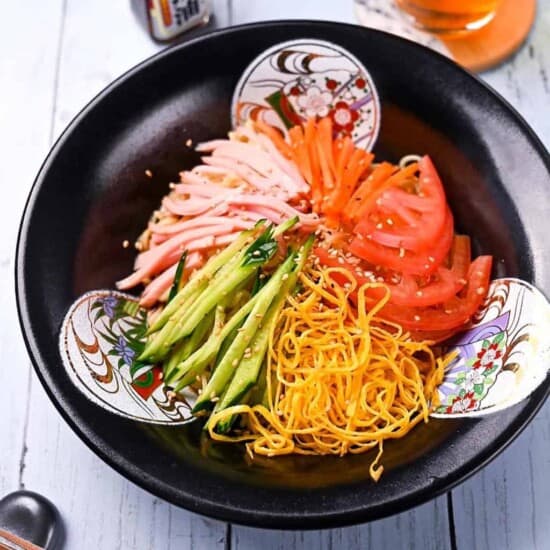





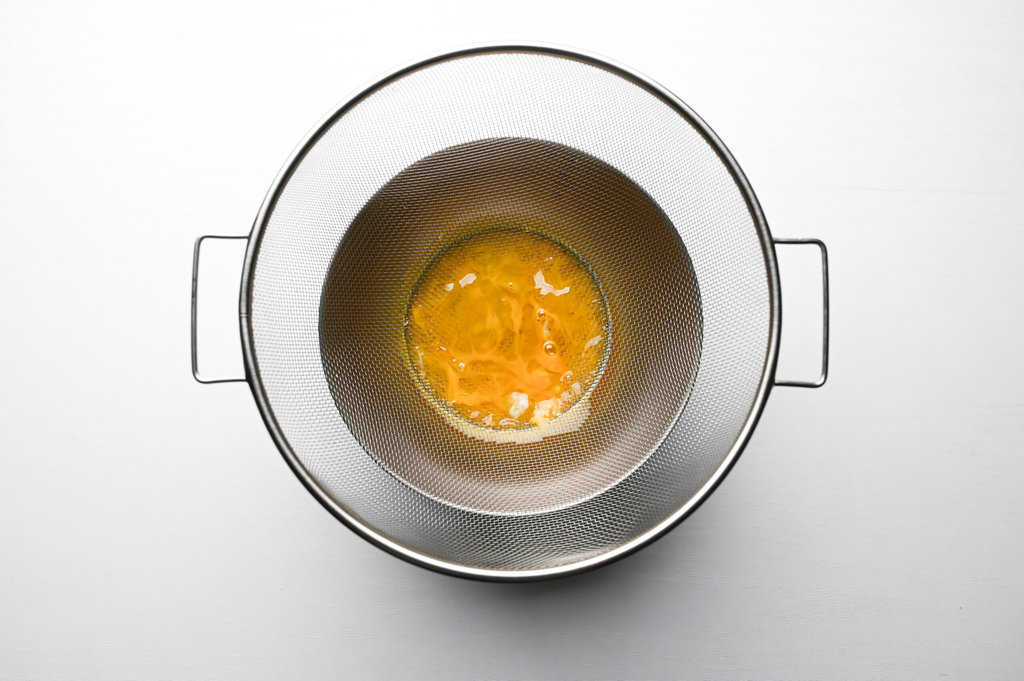
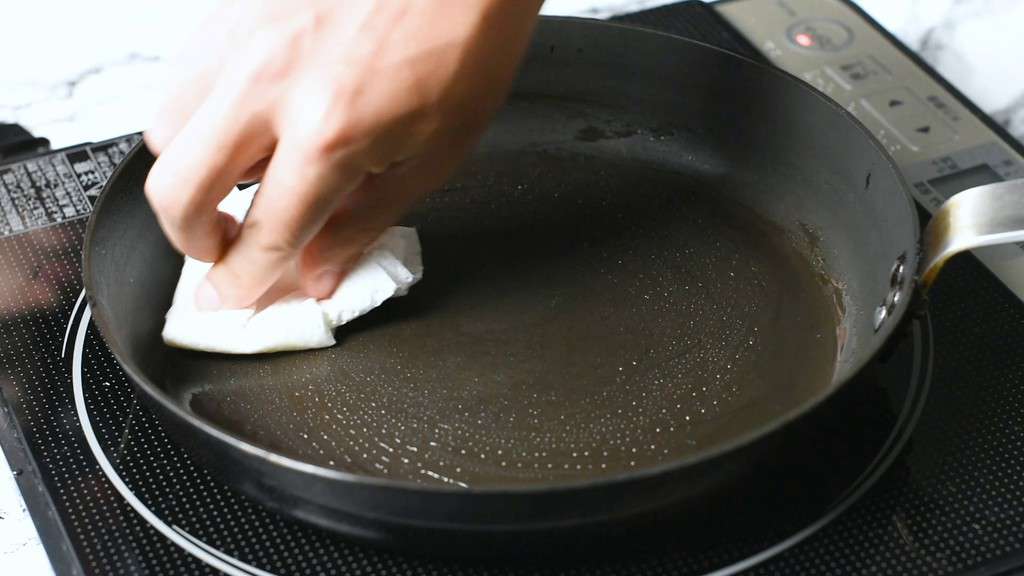
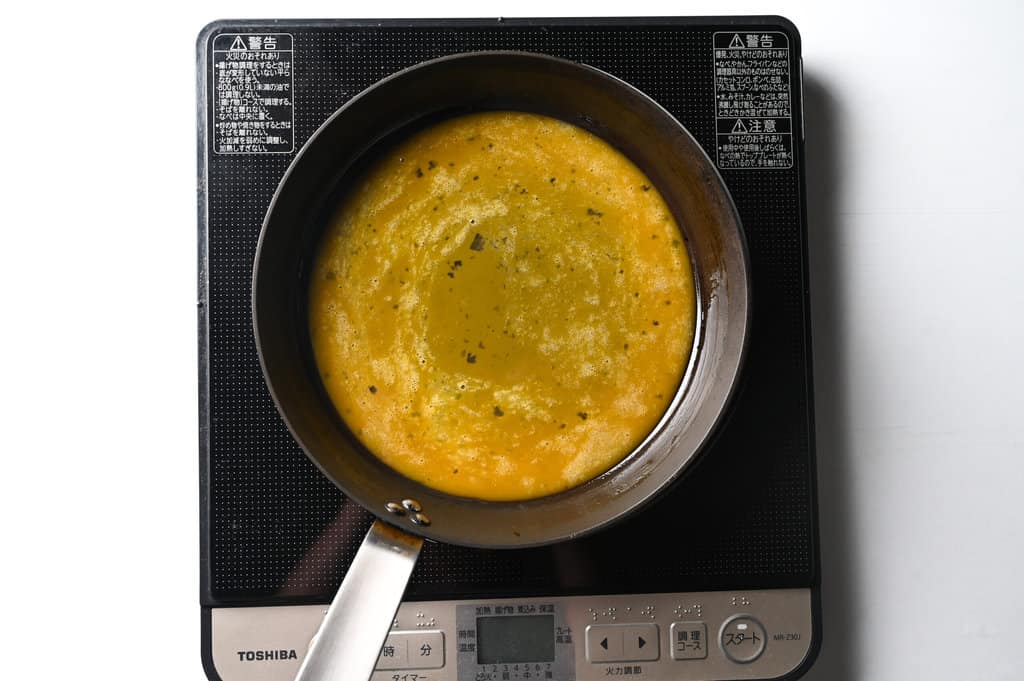
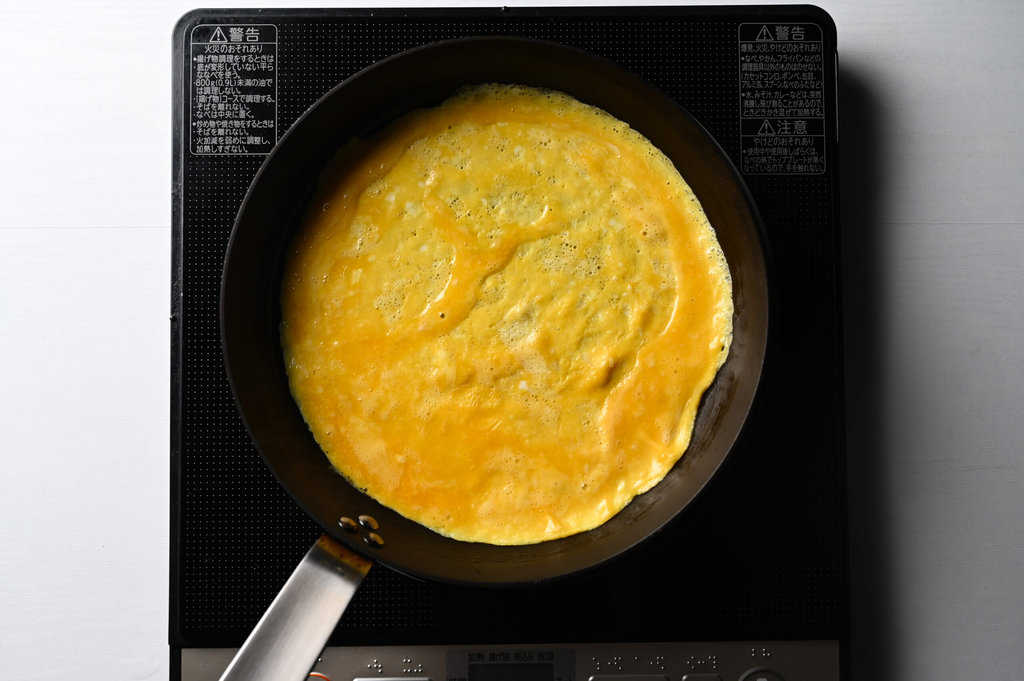
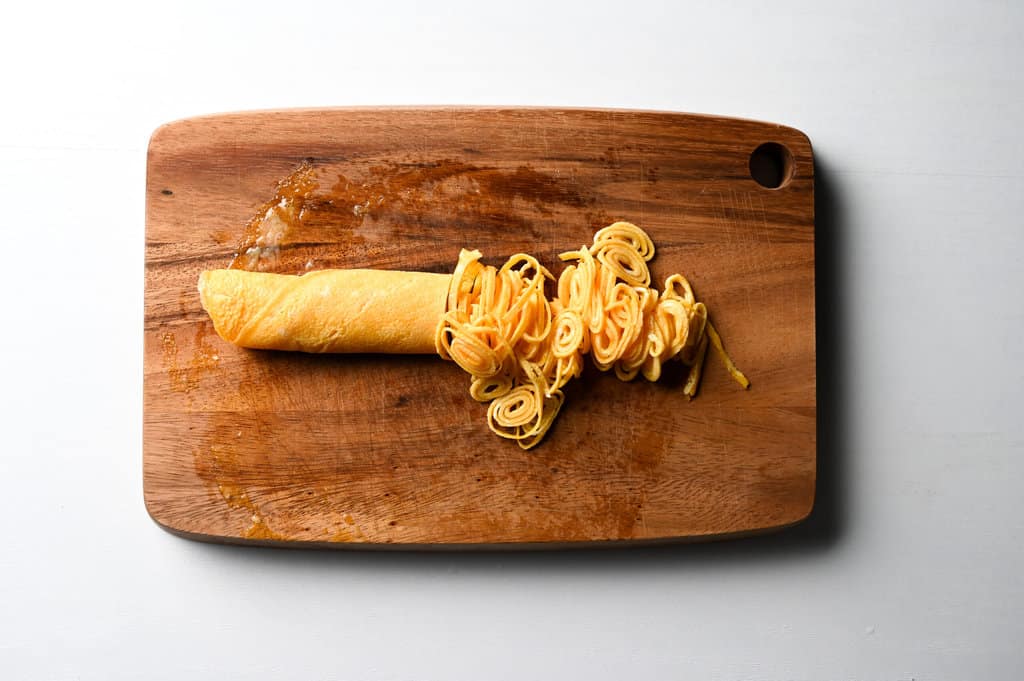
Love this for summer! The sauce is perfectly tangy
Thank you for trying this recipe, Trisha!
Yuto